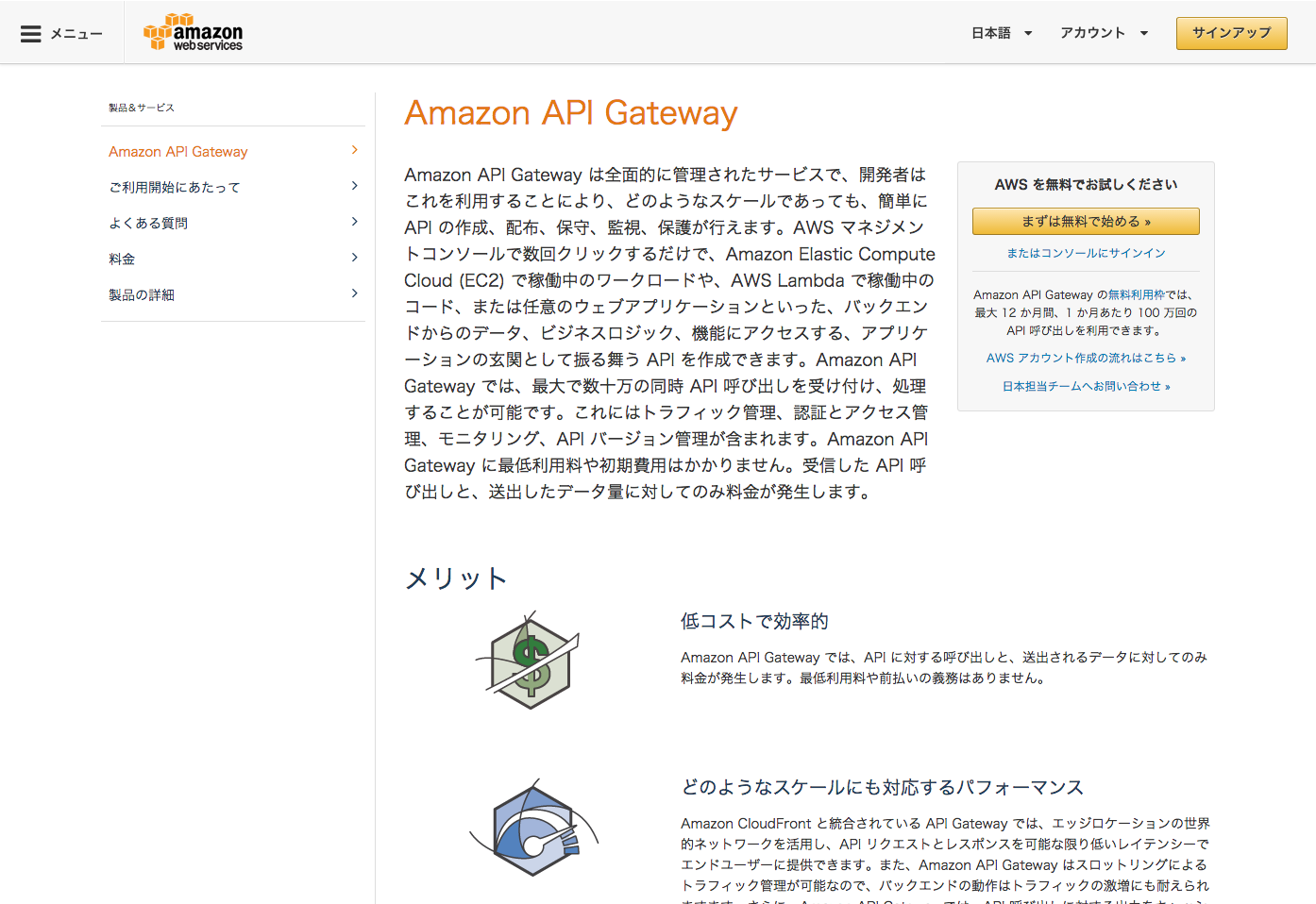Swagger On Dev Environment C
- Swagger On Dev Environment Class
- Swagger On Dev Environment Center
- Swagger On Dev Environment Control
- Swagger On Dev Environment Chart
Check the requirements on the environment. Before we even try to run any swagger-gen command, we first need to make sure our local or Azure DevOps environment. How do you turn off swagger-ui in production. Ask Question Asked 3 years, 6 months ago.spring.profiles.active=dev or via config file. I add the profile swagger to the environment variable SPRINGPROFILESACTIVE. Share improve this answer. Setting Up Swagger UI for a Production Environment 2 This packages the Swagger UI tool into a swagger.war file, in the ‘swagger’ folder. 1.4 Installing Swagger UI on a WebSphere Server. Open the WebSphere Admin Console. Click on Applications - New Application in the left side menu. Click on New Enterprise Application.
By Christoph Nienaber and Rico Suter
When consuming a Web API, understanding its various methods can be challenging for a developer. Swagger, also known as OpenAPI, solves the problem of generating useful documentation and help pages for Web APIs. It provides benefits such as interactive documentation, client SDK generation, and API discoverability.

In this article, the Swashbuckle.AspNetCore and NSwag .NET Swagger implementations are showcased:
It is full offline installer standalone setup of SwarPlug 4.1 for macOS. SwarPlug 4.1 Crack Latest Version for Windows. It is full offline installer standalone setup of SwarPlug 4.1 Crack mac for 32/64.SwarPlug 4.1 Crack Latest Version for MAC OS. Vst plugins free download for resolve. SwarPlug 4.1 OverviewSwarPlug is a VST, Audio Units and AAX plugin that will work on most DAWs.
Swashbuckle.AspNetCore is an open source project for generating Swagger documents for ASP.NET Core Web APIs.
NSwag is another open source project for generating Swagger documents and integrating Swagger UI or ReDoc into ASP.NET Core web APIs. Additionally, NSwag offers approaches to generate C# and TypeScript client code for your API.
- This conclude the swagger petstore tutorial on the dev environment; however, the steps are not for production as there are a lot of security issues need to be addressed and containers won’t be managed by docker-compose on production. Kubernetes or Docker Swarm will be utilized likely. This is out of the scope for this tutorial for now.
- Jun 07, 2015 Swagger and ASP.NET Web API - Part I: Adding Swagger to Web API project. Thousands of developers are supporting Swagger in almost every modern programming language and deployment environment. With a Swagger-enabled API, you get interactive documentation, client SDK generation and discoverability.”. Devenginerd; Thoughts.
What is Swagger / OpenAPI?
Swagger is a language-agnostic specification for describing REST APIs. The Swagger project was donated to the OpenAPI Initiative, where it's now referred to as OpenAPI. Both names are used interchangeably; however, OpenAPI is preferred. It allows both computers and humans to understand the capabilities of a service without any direct access to the implementation (source code, network access, documentation). One goal is to minimize the amount of work needed to connect disassociated services. Another goal is to reduce the amount of time needed to accurately document a service.
Swagger specification (swagger.json)
Swagger On Dev Environment Class
The core to the Swagger flow is the Swagger specification—by default, a document named swagger.json. It's generated by the Swagger tool chain (or third-party implementations of it) based on your service. It describes the capabilities of your API and how to access it with HTTP. It drives the Swagger UI and is used by the tool chain to enable discovery and client code generation. Here's an example of a Swagger specification, reduced for brevity:
Swagger UI
Swagger UI offers a web-based UI that provides information about the service, using the generated Swagger specification. Both Swashbuckle and NSwag include an embedded version of Swagger UI, so that it can be hosted in your ASP.NET Core app using a middleware registration call. The web UI looks like this:
Each public action method in your controllers can be tested from the UI. Click a method name to expand the section. Add any necessary parameters, and click Try it out!.
Swagger On Dev Environment Center
Note
Swagger On Dev Environment Control
The Swagger UI version used for the screenshots is version 2. For a version 3 example, see Petstore example.